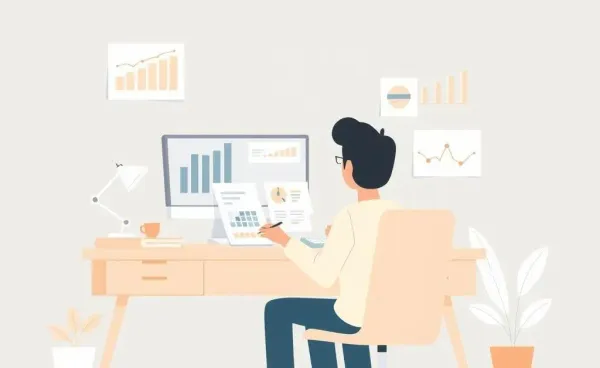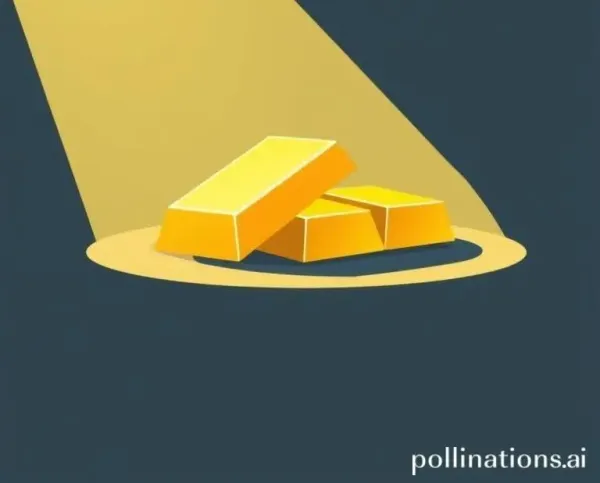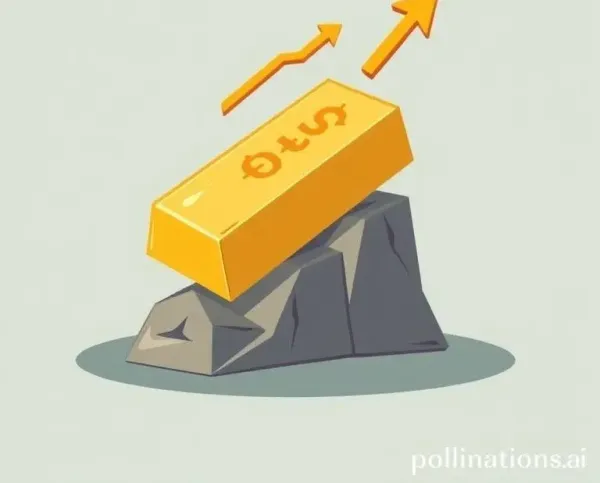Understanding PMI: What It Is and How to Avoid It in Home Buying
Learn what PMI is and how to avoid it when buying a home.
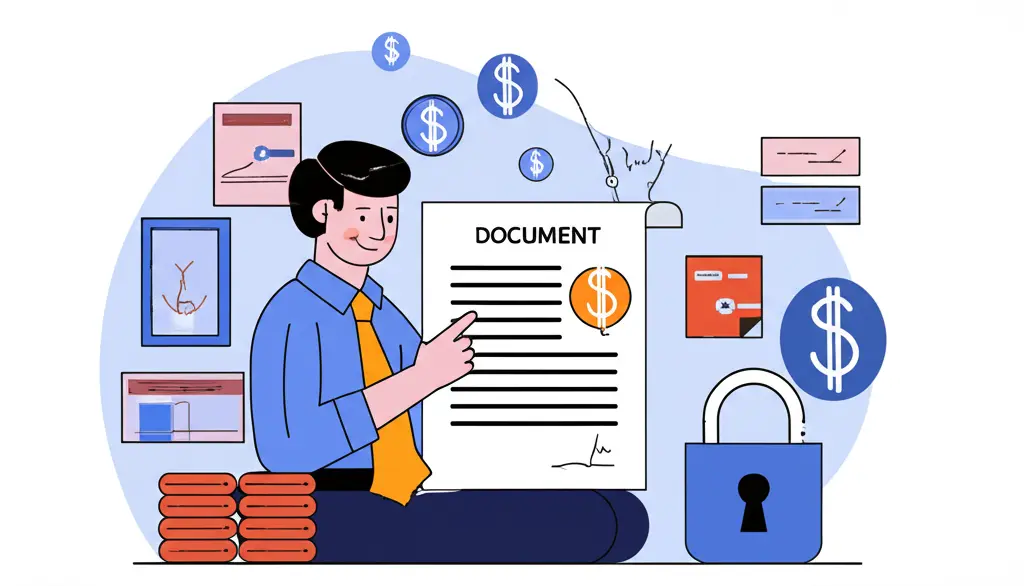
So, you're thinking about buying a home, but you've hit a bump in the road called PMI. Don't worry; it's not as daunting as it sounds once you dig into what PMI (Private Mortgage Insurance) is all about and how you can sidestep it if that's your goal.
What Is PMI?
PMI stands for Private Mortgage Insurance, a type of insurance you might be required to pay if your down payment is less than 20% of the home's purchase price. Its primary purpose? To protect the lender in case you stop making payments on your loan. In a world of steep home prices and tight budgets, PMI often enters the picture when buyers are short on upfront cash.

Why Lenders Require PMI
Lenders require PMI to minimize their risk. Essentially, if you're putting down less than 20%, the lender sees your loan as riskier. By having PMI, they ensure they won't lose out completely if you default on the mortgage. It's like a safety net - but one that you, unfortunately, have to pay for.
Typical Cost of PMI
The cost of PMI can vary, but it's usually between 0.3% and 1.5% of the original loan amount each year. The actual amount depends on your credit score, loan-to-value ratio (LTV), and the insurer. Over time, this can certainly add up on top of your regular mortgage payment.
How to Avoid PMI
Alright, here's the good stuff - skipping out on PMI payments. While PMI is a necessary evil for some homebuyers, there are a few strategies to avoid it:
- Increase Your Down Payment: The obvious strategy is to save up enough to put down at least 20% when purchasing your home.
- Look for Lender-Paid PMI: Some lenders offer programs where they pay the PMI in exchange for a slightly higher interest rate.
- Consider a Piggyback Loan: This involves taking out a second loan to cover part of the down payment, effectively lowering your primary loan's LTV to 80%.
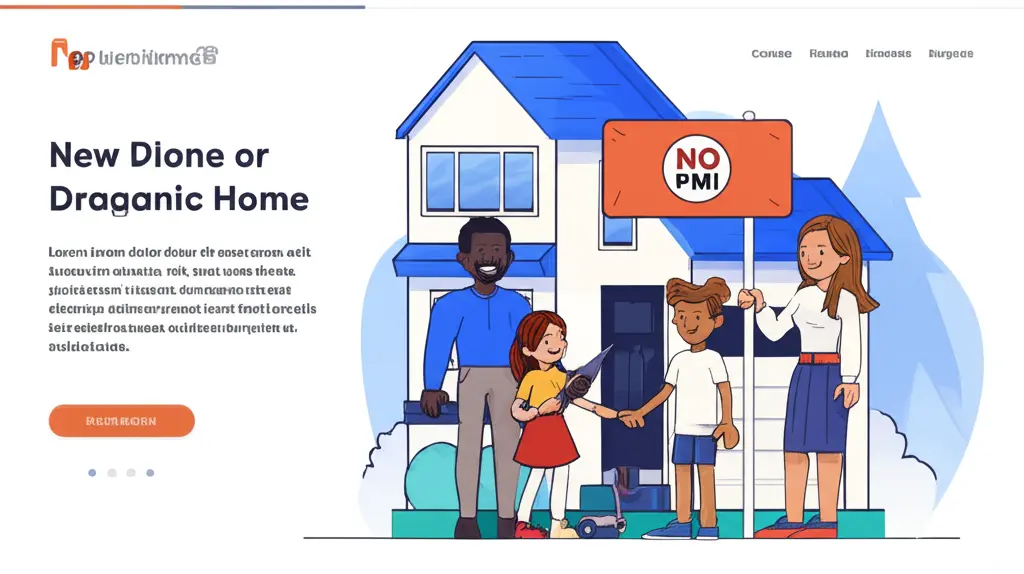
Making Your Decision
Deciding whether to avoid PMI or absorb the cost comes down to your specific financial situation. Can you comfortably afford a 20% down payment? Or does taking on a small monthly PMI payment let you get your foot in the door of your dream home sooner? It might make sense to consult a financial advisor or mortgage broker to help weigh your options.
Should You Pay Down Your Loan to Cancel PMI?
Once you have PMI, you're not stuck with it forever. Usually, PMI is automatically canceled once your LTV reaches 78%. However, you can also request cancellation once your LTV hits 80% by paying down your mortgage principal more quickly or if your home’s value has increased significantly.

So, there you have it. PMI may feel like an inevitable cloud on the horizon of home buying, but understanding and planning can often keep you dry. Have you considered how PMI fits into your homebuying plans? What's your strategy?


